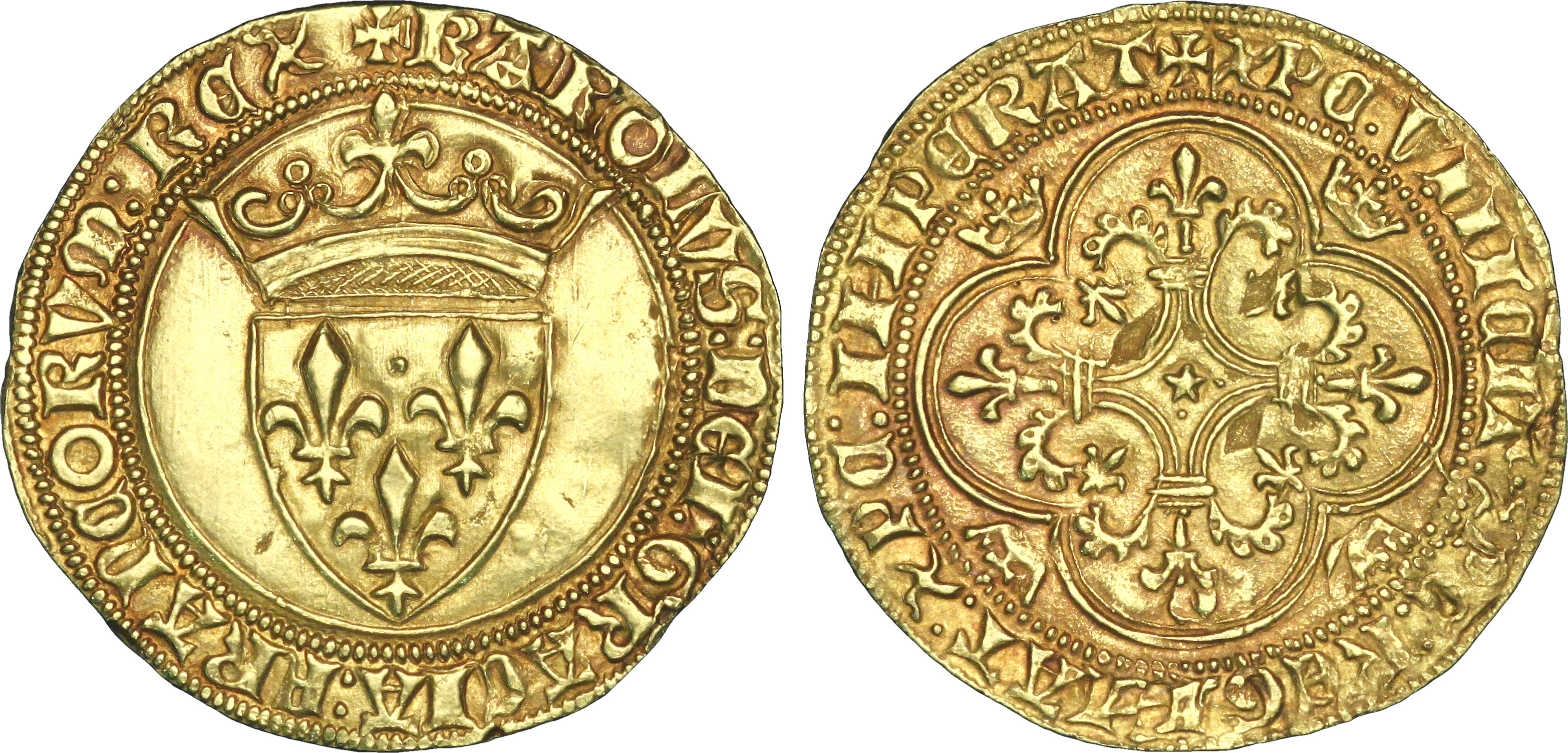In the last session the heroes discovered three locations that might be associated with the minions employed by the German, a foreign nobleman who also employs the alchemist that the PCs have been searching for both high and low. Literally low, as they've spent three sessions crawling through old sewer tunnels, forgotten sub-basements, and monastery crypts trying to find the alchemist. One of the three locations is a tavern. The tavern, it turns out, is the Red Écu.
The Red Écu or the Red Shield or Red Crown (Fr: L’ Écu Rouge) Tavern is located on a miserable-looking courtyard near the old Saint-Jean cemetery in the Marais neighborhood, tucked away from the beautiful private mansions, the Red Écu is a cellar tavern. Its poor-quality candles give off more soot than light, in an atmosphere already poisoned by sweaty bodies, bad wine-soaked breath, tobacco smoke, and a potent whiff of the muck picked up by shoes walking the streets of Paris. The place is dirty, foul-smelling, and sordid. Customers were either silent and despondent or spoke loudly and forced others to raise their voices in turn, creating an infernal uproar. The wine being drunk had something to do with this. Loud laughter burst out, as did the occasional sharp quarrel. A hurdy-gurdy played songs on demand. From time to time, cheers and applause greeted a lucky throw of the dice, or the antics of a drunkard.
Exits: A small door at the top of the stairs and another door normally reserved for the tavern keeper and the serving girls.
Here's a photo of an actual cellar tavern gives an idea of what the Red Écu looks like inside.
While the not so pretty map and the floor plan design is mine, the Red Écu and its description come from the The Cardinal’s Blades,a very fun historical fantasy series by Pierre Pevel that is set in the France of the Three Musketeers, Richelieu, and Louis XIII - except that in that world magic is real and dragons exist.
Historical trivia note: Écu refers to a shield which was on certain coins. One coin was the Spanish escudo, escudo also means shield and that coin is the historical source of the piratical pieces of eight. Another was the medieval French crown. So écu can also mean crown.
The first écu, issued by Louis IX of France, in 1266. Here you can plainly see the shield.
A later coin, the écu à la couronne of Charles VI. Here you can see the shield is surmounted by a crown. Hence the name for the coin.





No comments:
Post a Comment